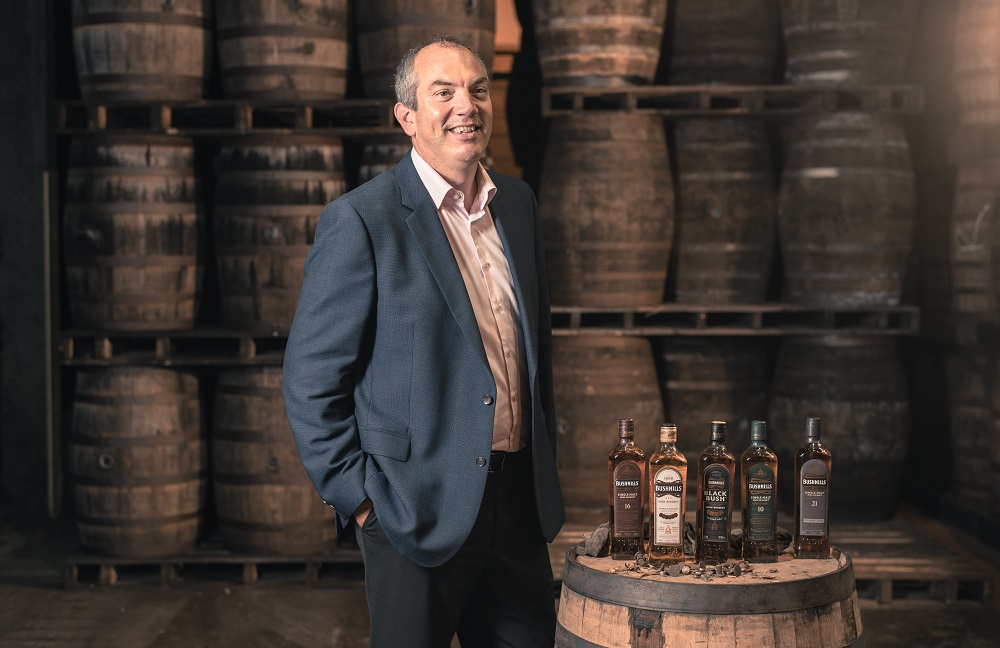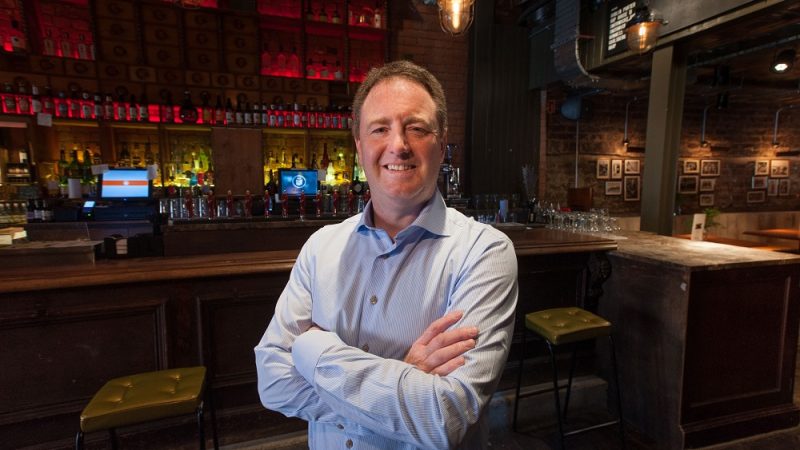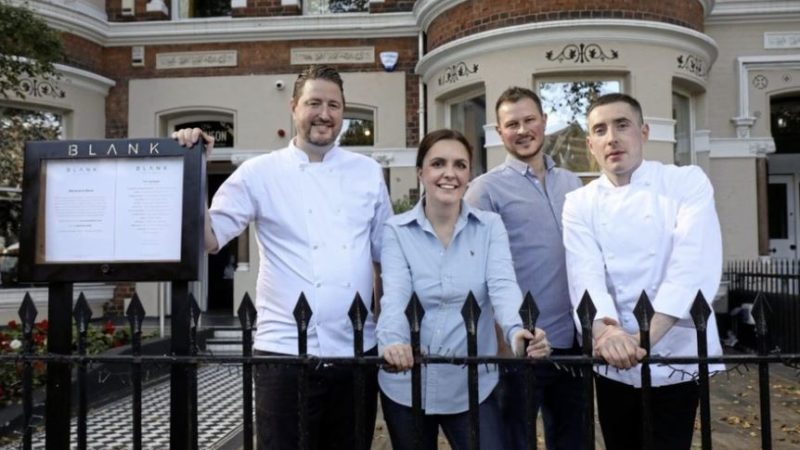Future-proofing Ireland’s oldest whiskey

Last year was a pivotal period for Ireland’s oldest whiskey distillery as Bushmills launched an exciting new product and moved ahead with plans for extensive development at its north coast plant. Colum Egan has been telling Russell Campbell what’s next for the brand.
Those present at the Harp Bar in Belfast at the latter end of last year when Bushmills launched Red Bush, its first new expression in almost five years, couldn’t have failed to notice the enthusiasm with which master distiller, Colum Egan, approaches his work.
Colum (48), who comes originally from Laoise, arrived at the acclaimed distillery on the north coast around 15 years ago after a career spent brewing in London and bottling and blending whiskey in Dublin for Irish Distillers. Wife, Clare, was keen to return to her native Ballycastle, but what might have been a stop-gap job for Colum evolved into a labour of love:
“I’ve loved every minute of my time here,” he told LCN recently. “What a great business this is to be in. I love the sense of responsibility that comes with dealing with the past but I find the whole innovation side of things very exciting as well.
“We’ll have to pass this great whiskey on to someone else eventually, someone who has the same passion and pride that we have in it and I would like to think it’ll be in even better condition than we received it in.”

At its most basic, Colum’s job involves consistency, ensuring that the trademark taste of Bushmills whiskey never changes, but that’s not to say that the 400-year-old brand shouldn’t vary its theme and the recent Red Bush launch provided ample evidence of Bushmills’ ability produce fresh, stand-out whiskey products that retain the unique core taste that its customers have come to expect:
“We always want people to know they’re drinking Bushmills, but there have to be unique differences that people can taste too,” says Colum. “We’re aiming to bring more new whiskeys out over the next couple of years and that’s where a lot of my effort is going now. We’re going to have to plan for that and we’re going to have to know how they will taste.”
Of course, part of that planning process involves practical considerations too. Jose Cuervo, the distillery’s Mexican owners, have plans in place for a new distillery on the Bushmills’ site, but those facilities will likely not be available until sometime in the 2020’s and so the current objective is to maximise whiskey production within the plant’s current footprint.
“The main challenge,” says Colum, “is in ensuring future capability. Making sure that we have enough warehousing for the whiskey and that we are able to bottle it.”
With that in mind, Colum hopes to obtain permission soon from Causeway Coast & Glens Borough Council for a series of new warehouses that will be spread over 60 acres of land adjacent to the current site.
That’s all part of Cuervo’s longer-term, £30m expansion plans for the distillery that will effectively double its production capacity and further assist its expansion in the global market.
“Irish whiskey is one of those categories that is growing worldwide very strongly, it has very ambitious growth targets going forward and there are lots of new distilleries springing up,” says Colum. “There are currently somewhere between 16 and 20 new distilleries at various stages of development on the island of Ireland, that’s a huge number and a lot of this business will be going international.
“As established distilleries, we should be looking at that and we should be very happy about it because it means that the future is bright. That said, we are still well behind the number of new distilleries in Scotland where exports are worth about £4bn. We’re nowhere near that, so there’s a huge margin for growth here.”
Between 30 and 40 per cent of the whiskey produced at the Bushmills site goes into the big US market; next in importance is the home market, then the UK and then the global duty-free market which, says Colum, is a very important platform for the brand:
“What we are seeing now is the emergence of new customers in Europe, such as Bulgaria, which is becoming a great market for us. It’s now on our top 10 customer list, so is Poland, which is doing very well for us. And Russia has also become very important. These are all countries that five or six years ago, we would have sold pretty much nothing to.”
He believes that Irish whiskey’s emergence onto the global markets is down to a number of factors:
“People are becoming much more concerned about authenticity and what they put into their bodies,” says Colum. “This is a product that really only contains malted barley and water at its heart, it’s been like that for hundreds of years and people love that it has changed, it has that reassurance of quality.”

Going forward, Colum sees constant development as the theme, not only on the ground at the distillery, but also in terms of sales which, he says, are “going the right direction” across multiple markets.
“There is going to be some great new whiskey in the near future, I’d like to think that you will see some new product this year,” he adds. “We have whiskies here that are up to 40 years old and there are plenty of things that we can do with that.
“We do have a number of challenges. This is a 62-acre site with a huge variety of things going on from distilling and fermentation to maturation and bottling. All of that brings its own challenges and no one day here is the same as the one before. You have to be the sort of person who enjoys that, some people like routine, but I am very happy with the variety and the challenge of the work I do here.”







